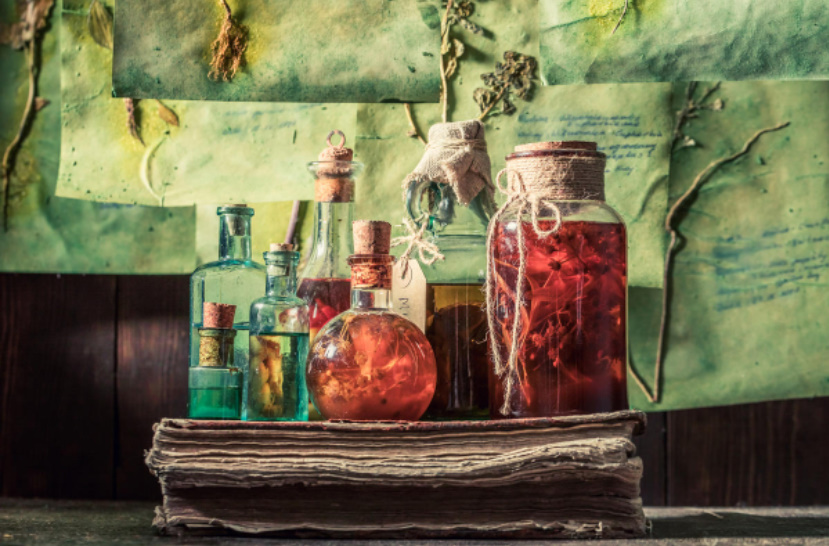
Many people are fond of herbal medicine, but not everyone knows how to properly prepare this or that remedy from the collected medicinal herbs. Meanwhile, the results of its use may depend on this: errors in the preparation of a decoction or infusion affect the effectiveness of treatment.
A brief overview of various dosage forms based on plant raw materials will help you prepare the most healthy herbal preparations. Moreover, the time for harvesting useful plants has already come!
What can be prepared from medicinal raw materials?
Herbal medicinal raw materials — grass, flowers, leaves, roots, bark, buds, fruits — are used by folk medicine for the preparation of decoctions, infusions, tinctures, oils, ointments, syrups, powders.
The same plant can be used for the preparation of various medicines. The correct choice of form is very important, since each method allows you to extract certain types of active substances from plant raw materials, which determine the healing effect. So, for example, some active compounds dissolve well in water, others must be extracted by preparing alcoholic tinctures, others are destroyed when heated — if this is not taken into account, then the prepared remedy may be useless or even harmful.
In addition, the choice of dosage form often depends on the goals: for example, for long-term treatment of diseased joints, you can use ointment or tincture, and infusions or decoctions are prepared for medicinal baths. It should also be taken into account that some products should be consumed only immediately after cooking — they are not subject to storage or are stored for a very short time (from several hours to 1-2 days).

Phytopreparations can be prepared from one type of plant raw materials or from several; a mixture prepared from various ingredients selected in certain proportions is called a collection.
And now let’s talk in more detail about the most common medicinal forms prepared on the basis of vegetable raw materials.
By the way, many medicinal plants can be grown on your site. This is convenient: you do not need to go anywhere in search of the necessary raw materials. And reliable: you know exactly how herbs were grown, and you can be sure of their ecological purity and safety.
Infusions
Infusion is an aqueous extract that is prepared in a cold or hot way. For the preparation of the infusion, glass, ceramic or enameled dishes are used. Raw materials (it can be both fresh and dried) are crushed before use.

In the cold method, the prepared raw materials are poured with boiled water at room temperature, infused for a long time (at least 4 hours, usually 8-12). This option is usually used in cases where it is necessary to preserve substances that are easily destroyed under the influence of high temperatures.
However, more often infusions are prepared by pouring crushed vegetable raw materials with boiling water. Further recommendations may vary (depending on the desired result).
Method 1: a container with crushed raw materials filled with boiling water is heated in a water bath for 10-15 minutes without bringing to a boil, then cooled at room temperature and filtered, the raw materials are squeezed out.
Method 2: pour the raw materials with boiling water, cover the dishes with a lid, wrap them well (towels, blanket, etc.) and leave for 4-6 hours, then filter and squeeze the raw materials.
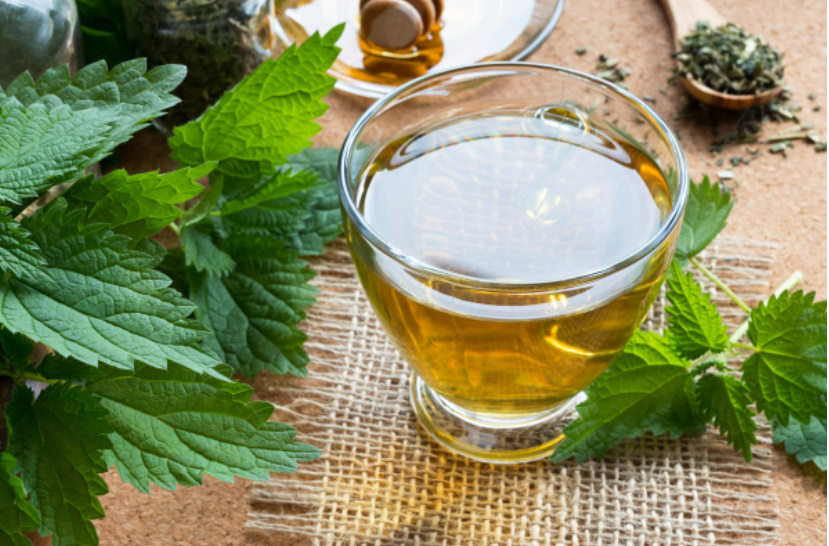
Also, some types of vegetable raw materials are brewed as tea: pour boiling water, cover the vessel with a lid and insist at room temperature for 5-15 minutes, after which they are filtered. This method of preparation is usually also referred to as infusions.
Decoctions
Decoction is also an aqueous extract from crushed fresh or dried medicinal raw materials, which is prepared in different ways. The choice of method depends on the characteristics of a particular type of raw material and the desired result, therefore, in order to obtain a medicinal product with the desired properties, you should strictly follow the recipe.
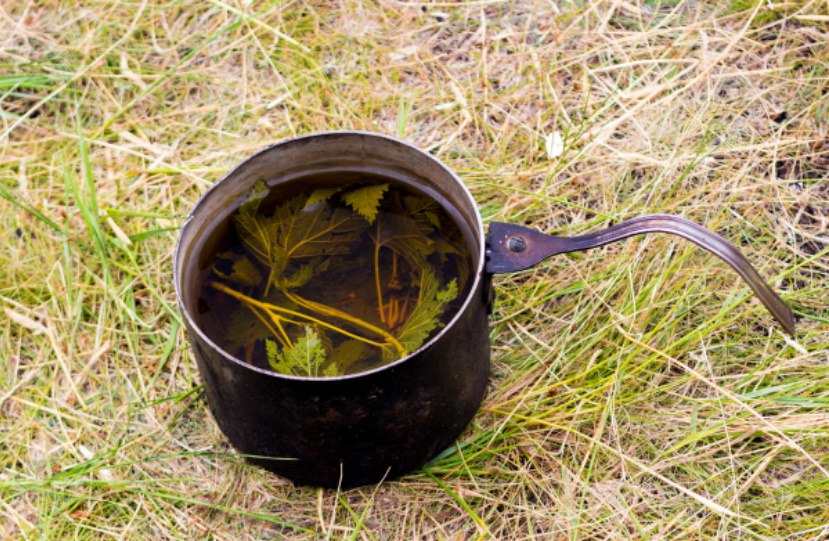
Method 1: the raw materials are poured with raw water and infused under a lid at room temperature for 8 to 24 hours, then brought to a boil and simmered for 5-15 minutes, cooled at room temperature and filtered, the raw materials are squeezed out.
Method 2: the crushed raw materials are poured with cold water, brought to a boil and boiled over low heat for 10 to 30 minutes, after which they are cooled at room temperature, filtered and squeezed raw materials.
Method 3: pour the raw materials with boiling water, cover with a lid and cook in a boiling water bath for 20-30 minutes, stirring regularly, then filter and squeeze.
Features of the use of infusions and decoctions
Regardless of the method of preparation, infusions, decoctions and decoctions are perishable medicines and are not subject to long-term storage. Some of their types are allowed to be stored in the refrigerator, but not longer than 2 days; in this case, before use, the required amount of the product must be heated to a comfortable temperature in a water bath, but in no case boil.
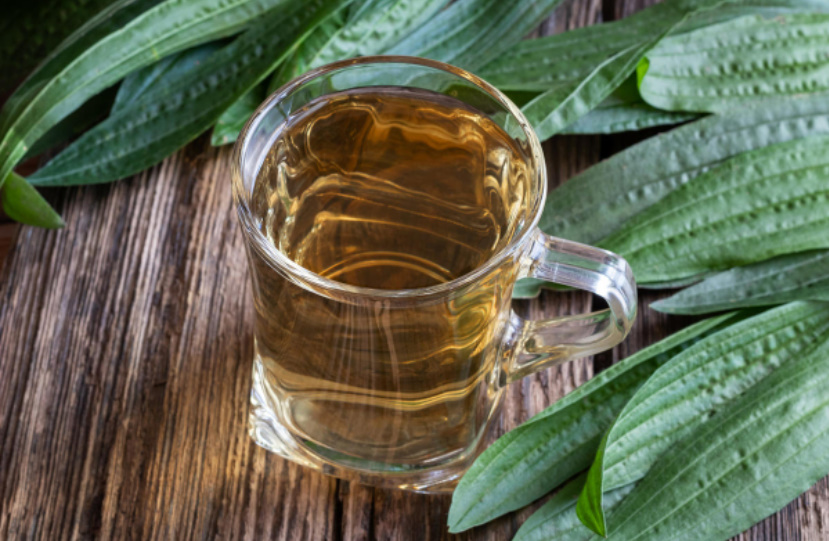
Very often, during the preparation of decoctions, the volume of liquid is noticeably reduced — then the finished product is brought with warm boiled water to the original volume. Note also that infusions and decoctions are prepared for external use in a higher concentration than for internal use.
Tinctures
Tincture is an alcohol extract from herbal medicinal raw materials. Tinctures are prepared on 70% ethyl alcohol, vodka (40% alcohol) or (less often) wine. Important: Use only high-quality products to eliminate poisoning!
The advantages of tinctures are the possibility of long—term storage and use in small doses (usually drops). However, these drugs, as a rule, have significantly more contraindications. So, any tinctures should not be taken orally for children under 12 years old, pregnant and lactating women; prolonged and uncontrolled use of alcohol-containing drugs is not recommended. In addition, each type of initial medicinal raw materials has its own limitations.
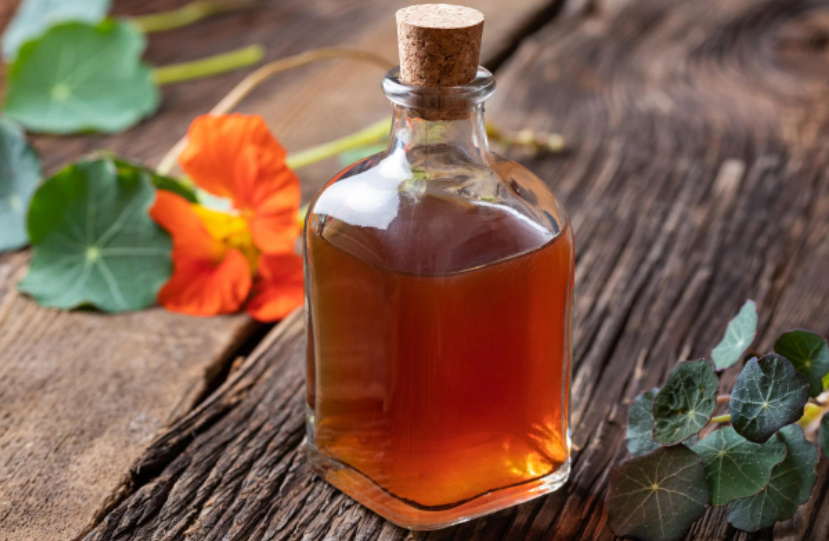
To prepare the tincture, crushed vegetable raw materials are placed in a glass container, filled with alcohol (vodka, wine), well sealed and kept for a long time (usually from 2 to 5 weeks) in a dark place at room temperature. The vessel in which the tincture is prepared is recommended to be shaken regularly (at least 1 time a day).
The finished tincture is filtered (exceptions are rare, but they exist — for example, the tincture of some dried mushrooms is not filtered, shaken before use and taken with sediment). Store in a tightly sealed glass container (preferably dark glass) in a dark place, usually at room temperature.
Tinctures with a complex recipe containing a large number of ingredients, including honey (and other bee products), syrups, nuts, spices, etc., are called balms. They, as a rule, have a restorative, immunostimulating effect and are used for preventive purposes. Contraindications to their use are the same as for other tinctures.
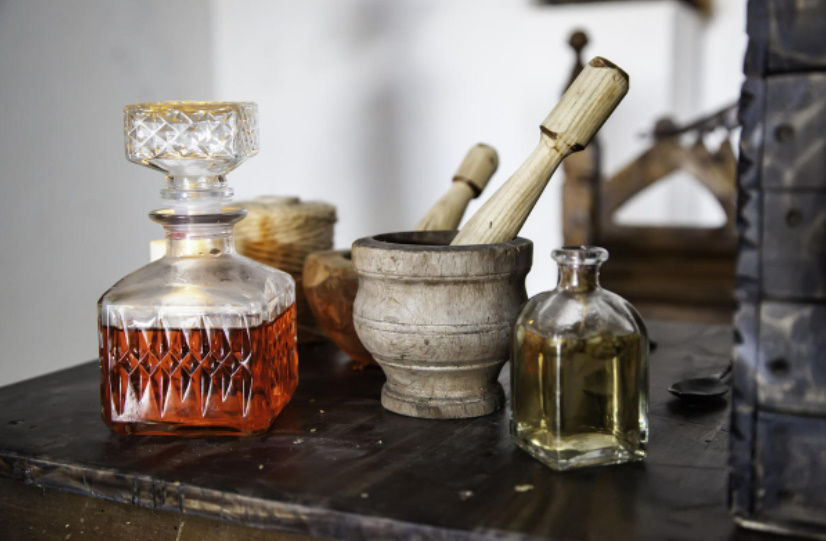
Ointments
Medicinal ointments using vegetable raw materials are prepared for external use. As a fat base for them, high-quality butter, interior fat, petroleum jelly are used. At the same time, it should be borne in mind that ointments on animal fats are absorbed better and act more effectively, but on vaseline they are stored longer.

Vegetable raw materials for the preparation of ointments are ground to a powder state; less often, decoctions or alcoholic tinctures are used, carefully and evenly mixing them with the base. For the preparation of some preparations, vegetable ingredients are stewed together with fat (oil) in a water bath or in an oven, and then filtered and cooled. Ready-made ointments are stored in a cool place.
Oils
Medicinal oils should not be confused with essential oils. These preparations are an oil extract from vegetable medicinal raw materials, which is prepared on the basis of olive, sunflower, less often corn or sesame oil. Such products are used both inside (it is recommended to slowly dissolve them without drinking), and externally — for therapeutic or cosmetic purposes.
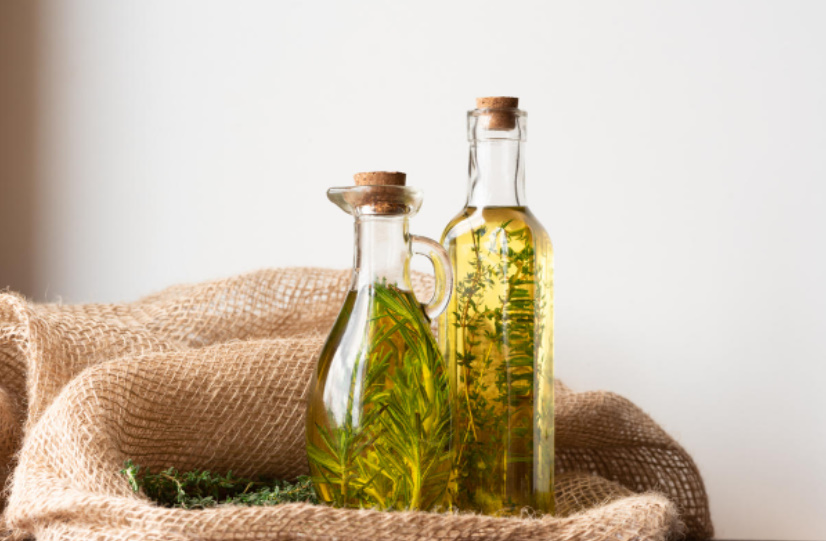
To prepare the product, crushed vegetable raw materials (fresh is used more often, but in some cases dried is also possible) are poured with vegetable oil and infused (usually 2-4 weeks) in a dark place, then filtered. Some oil hoods are prepared exclusively in the sun. The finished oil is stored in a cool place in well-sealed dark glass bottles.
As you can see, there are many ways to prepare medicinal potions from medicinal plants. But whichever one you choose, remember to strictly follow the recipe and recommendations for use, and also be sure to take into account contraindications — only under these conditions will the use of phytotherapeutic agents benefit the body.
Be healthy!
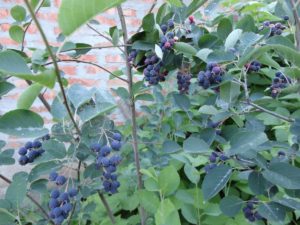

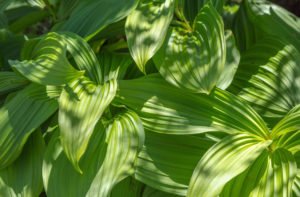
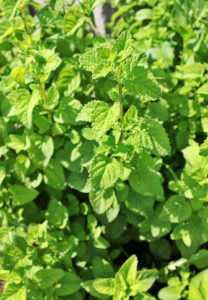
Leave a Reply